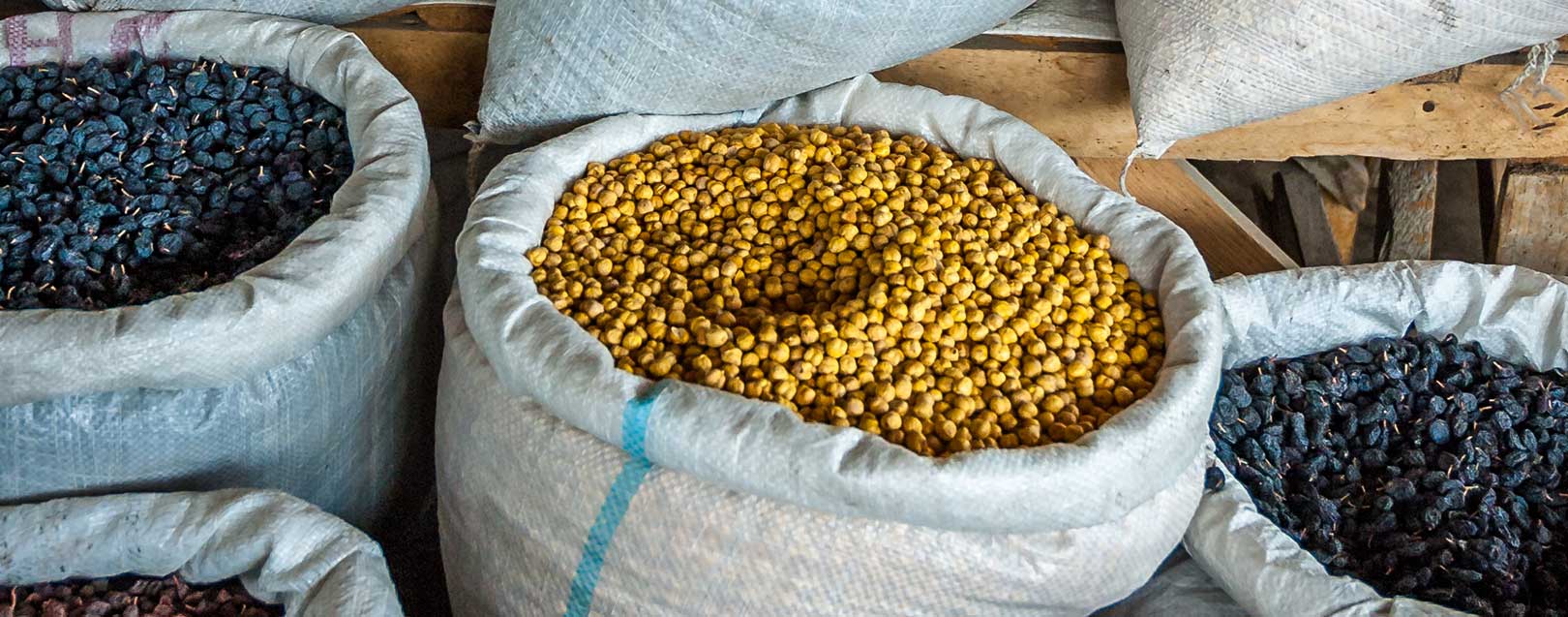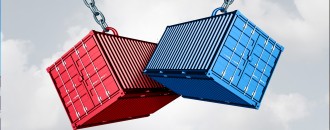
Hybrid annuity projects, renewable energy, slowing down on kharif acreage take precedence this week
By Abin Daya
The power sector in India is one which has been classified as a ‘negative’ industry by a number of lenders due to the woes surrounding ailing thermal power producers. However, the renewable energy segment was always looked upon favourably due to the phenomenal growth exhibited in the past few years. This segment too might be going through a period of change as we see in this week’s update. While wind energy might be looking at a period of slow growth, changes in duty structures are what the solar power generators might have to encounter.
On the infrastructure side, some good news for developers who have been trying to avail financing for projects under the Hybrid Annuity Model. While lenders were initially sceptical about the model due to the low equity participation by the developers, additional clarity provided by NHAI has helped generate awareness and thus make the model more acceptable.
We usually avoid giving predictions in our updates, but try and provide a general direction of where things might move to, in our opinion. However, looking at the price scenario of pulses, and the general market conditions of the commodity, we were pretty certain of subdued production this year due to producers moving away from the crop.
We have been pleasantly surprised by the increase in acreage of the commodity this year, and if this continues for the Rabi season, we could be looking at another bumper year. Let’s keep our fingers crossed!
Hybrid Annuity Model
- Lenders are finally familiarising themselves with and approving projects under the Hybrid Annuity Model (HAM) of NHAI
- The Hybrid Annuity Model was introduced by NHAI for road projects, as PPP projects did not elicit much excitement from developers
- Under the HAM, NHAI releases 40% of the project cost as construction funding in five tranches linked to milestones, while the concessionaire is responsible to bring in the balance 60%
- Out of this, about 75-80% is arranged as debt and the developer’s equity is only about 10-15% of the project cost as against 20-25% in the case of BOT projects
- Additionally, NHAI also provides a mobilisation advance of 10% against Bank Guarantees, which will bring down the equity requirement even further
- The low level of equity commitment by developers was seen as a negative factor by many lenders initially, but the enhanced viability of the projects has started making these projects attractive to lenders
- For HAM projects, the developer gets 80% of the land upfront, while the concession period is linked to the Commercial Operations Date, instead of a pre-appointed date
- The construction time is thus excluded from the annuity, and time/construction overrun risks are mitigated in these projects
- Further, inability of funds with the developer is unlikely to hinder the project progress, as the overall equity requirement by the developer is minimal
- Data with rating agency India Ratings shows that 60% of the 27 projects awarded under the HAM model up to Dec 2016 have achieved financial closure
- The Hybrid Annuity Model looks to be the main focus of infrastructure projects going forward, and we will see more action in this area in the coming years
Changing times for renewable energy
- Renewable energy sector, both wind and solar, seem to be headed for a slightly bumpy ride for the next 12 months or so
- The capacity installation for wind power is expected to drop sharply in 2017-18 to 1000MW as against the record 5400MW installed in 2016-17
- Changes in the way tariffs are determined are slowing down new PPAs and consequently new installations
- Turbine and equipment manufacturers are preparing for slow-downs and possible cuts in head-counts to weather the same
- PPAs with the State Discoms used to be signed on the basis of ‘feed-in’ tariffs fixed by the specific electricity regulatory commission of the State
- However, subsequent to the ‘tariff-based competitive bidding’ initiated by the Union Government in Feb 2017, tariffs have dropped significantly below the feed-in tariffs
- Discoms are currently not ready to sign PPAs under feed-in tariffs and are yet to come out with the competitive bidding for ‘tariff-discovery’
- Installations in Apr-June quarter has amounted to just 228MW, as spill-overs from last year, and equipment manufacturers are already seeing the effect of the slow-down
- The ‘’Captive’’ market is also going through turbulent times, after the Tamil Nadu government changed the banking period for power to the calendar year rather than the financial year
- Power producers bank what they generate with the grid, and withdraw the same at a later date within a specified period of time
- Wind season in Tamil Nadu is from May to Sep, and changing the banking period to end in Dec instead of Mar leaves a shorter period for producers to use their banked energy, which has impacted the captive market
- Coming to solar, there are talks that the Centre might impose a safeguard duty on solar modules/cells imported from China, to discourage the import of cheaper modules
- Import of solar cells and modules from China have increased by seven times between 2012-13 and 2016-17, while it increased four times for the country
- This is a classic case of surge, providing the government with a strong case to impose safeguard duty under WTO rules

- Share of Chinese imports in overall imports have increased to 88% in 2016-17 as against 47% in 2012-13
- The safeguard duty is a much better option than anti-dumping levy, as the government would have to prove dumping below manufacturing costs for the latter
- While this might lead to a marginal rise in solar power costs, the current low levels of power tariffs make this a minor issue to deal with
- While the proposed duty would give a breather to the domestic industry, Indian module manufacturers would prefer the government to limit the safeguard duty to solar modules, and not to cells, as imported cells are used to make modules
Kharif sowing pace slackens
- The pace of kharif sowing has slackened from the previous weeks, and overall acreage for the week ended 21 July is only 1.8% more than what it was during the corresponding period last year
- Pace of sowing has been slowing down in the past couple of weeks as against last year, since it touched a high of 19% increase over previous year’s acreage for the week ended 30 Jun

- Overall acreage has fallen for oilseeds due to the bearish trend in prices, and farmers have moved away from groundnut and soyabean to pulses and coarse cereals
- Area under oilseeds has dropped 15% from 144.8 Lakh hectares to 123.6 Lakh hectares this year

- The increase in pulses acreage has been contrary to expectations of farmers moving away from the crop due to fall in prices by over 30-35%
- However, the loss in oilseeds and maize has been even more drastic and this has prompted farmers to move away from these crops and to pulses
- Many soyabean farmers in Rajasthan and MP have moved to urad and coarse cereals due to the water intensive nature of the crop
- For smaller farmers, cost of production of pulses is very low, and they make a good profit even at MSP
- If this trend continues into the Rabi season, we will likely see another record year of production for the crop

Abin Daya the author of 'Basics of Trade: An India Perspective' is a FEMA expert, a career transaction banker, with close to 15 years of experience in corporate and transaction banking, in India.







 to success.
to success.